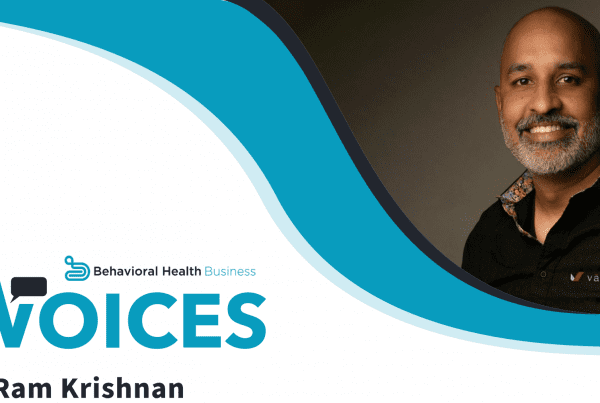Mental health therapy notes are an important part of every behavioral health practice. They help you build a cohesive picture of each patient, to remember important details, and to recommend strategies and treatments and plan for your patient’s future. Therapy notes are highly sensitive and confidential, and historically have often been written in longhand and stored in filing cabinets. But, in a hectic and busy practice, this required security may sacrifice the ability to quickly access the therapy notes and effectively treat patients. In this article, you’ll find a discussion of their significance and a free therapy notes template, but first…
What is a therapy note?
A therapy note, also known as a psychotherapy note, is a clinician’s private record of patient encounters. This is more easily explained when distinguished from a progress note, which follows a more standard template and is designed to convey general information, often to be conveyed with other providers, office staff, payers, and more. In contrast, a therapy note is designed for the clinician’s eyes only. Because it is not designed to be shared, a therapy note template can follow any format depending on your needs as a clinician. Therapy notes contain sensitive and personal information about the patient that the clinician wants to document and refer to later, such as thoughts about patient encounters, risk assessments, and details from the patient’s personal life that are pertinent to treatment. Because of how sensitive therapy notes are, HIPAA laws require that therapy notes are kept separate from other medical records, including progress notes.
While there is no one therapy notes template, some common structures clinicians have found useful include SOAP, BIRP, and DAP. The SOAP acronym stands for Subjective data, Objective data, Assessment, and Planning. The BIRP structure has a more behavioral focus, including sections for Behavior, Intervention, Response, and Plan. The DAP structure is the same as SOAP except that it mixes subjective and objective data into one Data section. The right software can help implement these structures or others with a few clicks. For example, check out this free therapy notes template:
Your Practice Name
Your Practice Address (555) 555-5555
Patient:
Patient Birth Date:
Provider:
Date:
Mental Disorders:
Other Conditions:
General Medical:
Current medications:
| Medication | Dosage | Sig | Prescriber |
| Subjective Data | Disclosed by Patient:
|
Provider’s Interpretation:
|
| Objective / Observations | Pre-Existing Data (Test Results, etc.):
|
Observed in Session:
|
| Assessment | Provider’s Analysis:
|
Inferences/Concerns:
|
| Plan | Treatment Plan:
|
Specific Actions:
|
| Review | Concluding Thoughts:
|
Items for Follow Up:
|
Of course, a word processor template is likely to fall short for several reasons. We know that your therapy notes are personal and are referenced and developed over time, through numerous appointments with each patient. In a busy practice, they are often used to jog your memory, as well as to circle back to important points mentioned in prior appointments to assess patients’ wellbeing and progress. You may take key notes contemporaneously while with your patients, perhaps on paper to be recorded along with more lengthy notes after your appointment, both in the categories of therapy notes and progress notes. Keeping notes in a strong, HIPAA-compliant software solution can help with all aspects of this process.
Although therapy notes are designed for the clinician’s future reference, there are some situations in which they may be shared. Depending on the legal jurisdiction, these may include “duty to warn” of threats of self-harm or harm to others, court orders, coroner or medical examiner investigations, or investigations by the U.S. Department of Health and Human Services. The right software can help with creating, updating, accessing, and managing your therapy notes, as well as providing the notes if required for a legal disclosure (consulting with legal counsel is recommended in such instances). You also will not have to worry about the notes going missing or falling into the wrong hands – like what can happen with handwritten notes.
How the right software can streamline the process
The right electronic health record (EHR) software can help you comply with HIPAA while keeping progress notes, therapy notes, and more at your fingertips. Your therapy notes should be easy to review, search, and update, with routines streamlined for common notetaking procedures such as risk assessment checklists. These features and more are included in Valant’s secure EHR software solution. In fact, with Valant, you can:
- Auto-generate narratives and easily track data on outcome measures
- Chart various data including medications, allergies, and diagnoses
- Easily input clinical questionnaire data, such as risk assessments
- Carry forward the prior note as a starting point so you can update as needed and spend most of your time where it belongs—with your patient
Please check out Valant’s clinical documentation features to learn more. The right software can help you maximize time with your patients and keep the information you need at your fingertips. With Valant, recordkeeping during and after sessions can be a breeze, instead of an arduous chore. Contact us today for a free demonstration, or to learn more about how our software can make your day-to-day workflows simpler, including your therapy notes!





